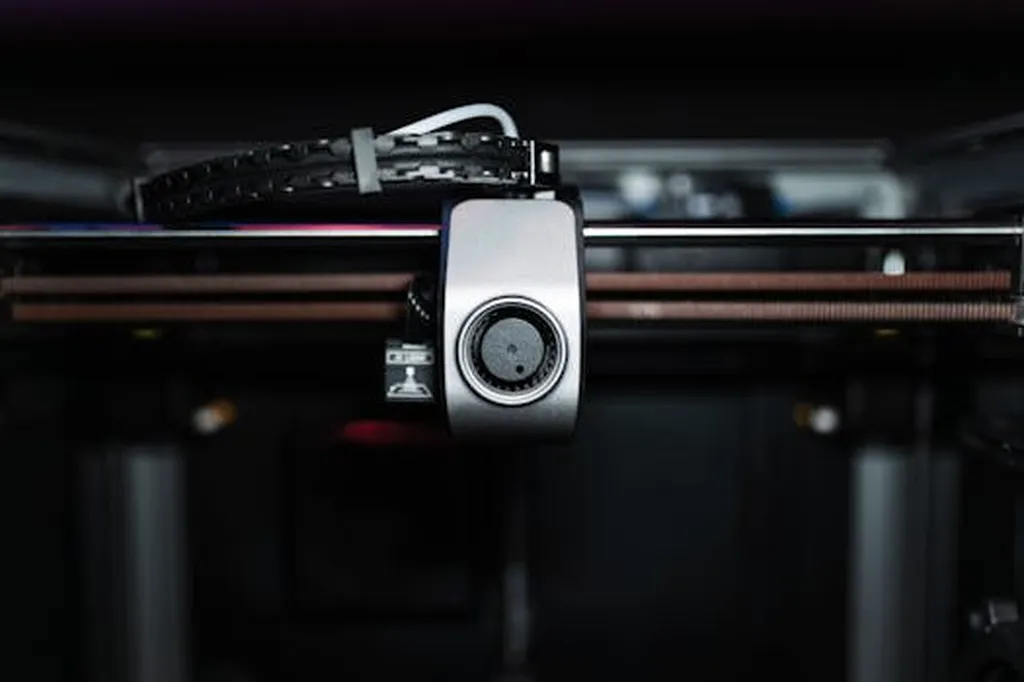In a significant stride towards enhancing the accuracy and efficiency of 3D modeling for maritime structures, a team of researchers led by Haoyu Li from the Merchant Marine College at Shanghai Maritime University has developed a novel method for reconstructing building point clouds using geometric primitive constrained optimization. This innovative approach, detailed in a recent study published in the journal ‘Applied Sciences’ (translated from Spanish), addresses longstanding challenges in the field, including low accuracy, high complexity, and slow modeling processes.
At the heart of this research is a new algorithm that focuses on the reconstruction of point clouds at the level of geometric primitives. Unlike traditional methods, this algorithm employs an incremental joint optimization technique based on the GPU rendering pipeline. The process begins with preprocessing the building point cloud data collected by LIDAR laser scanners, followed by the construction of an initial building mesh model using a fast triangulation method. The real magic happens next, as the algorithm generates geometric primitive constrained optimization rules tailored to the building’s geometric characteristics. These rules include regular surface optimization, basis spline surface optimization, and junction area optimization, among others. To further streamline the process, the researchers designed a view-dependent parallel algorithm that significantly speeds up the calculations.
The practical implications of this research are substantial, particularly for the maritime sector. Accurate 3D modeling is crucial for various applications, including Building Information Modeling (BIM) and Computer-Aided Design (CAD). These technologies are increasingly being used in the design and construction of maritime structures, such as ports, offshore platforms, and ships. By improving the accuracy and efficiency of 3D modeling, this new method can help reduce costs, enhance safety, and expedite project timelines.
“Our algorithm does not require data training and is suitable for outdoor surveying and mapping engineering operations,” said Li. “It has good controllability and adaptability, and the entire pipeline is interpretable. The obtained results can be used for serious applications, such as Building Information Modeling (BIM), Computer-Aided Design (CAD), etc.”
The effectiveness of this approach was validated through comparative analysis of different buildings’ point cloud data. The results demonstrated significant improvements in accuracy and efficiency, making this method a promising tool for maritime professionals. As the industry continues to embrace digital transformation, such advancements in 3D modeling technology will play a pivotal role in shaping the future of maritime construction and design.
In summary, the research led by Haoyu Li and his team at Shanghai Maritime University represents a significant leap forward in the field of 3D modeling. By addressing key challenges and offering a more efficient and accurate solution, this method opens up new opportunities for the maritime sector. As the industry continues to evolve, the adoption of such innovative technologies will be crucial in driving progress and achieving operational excellence.

